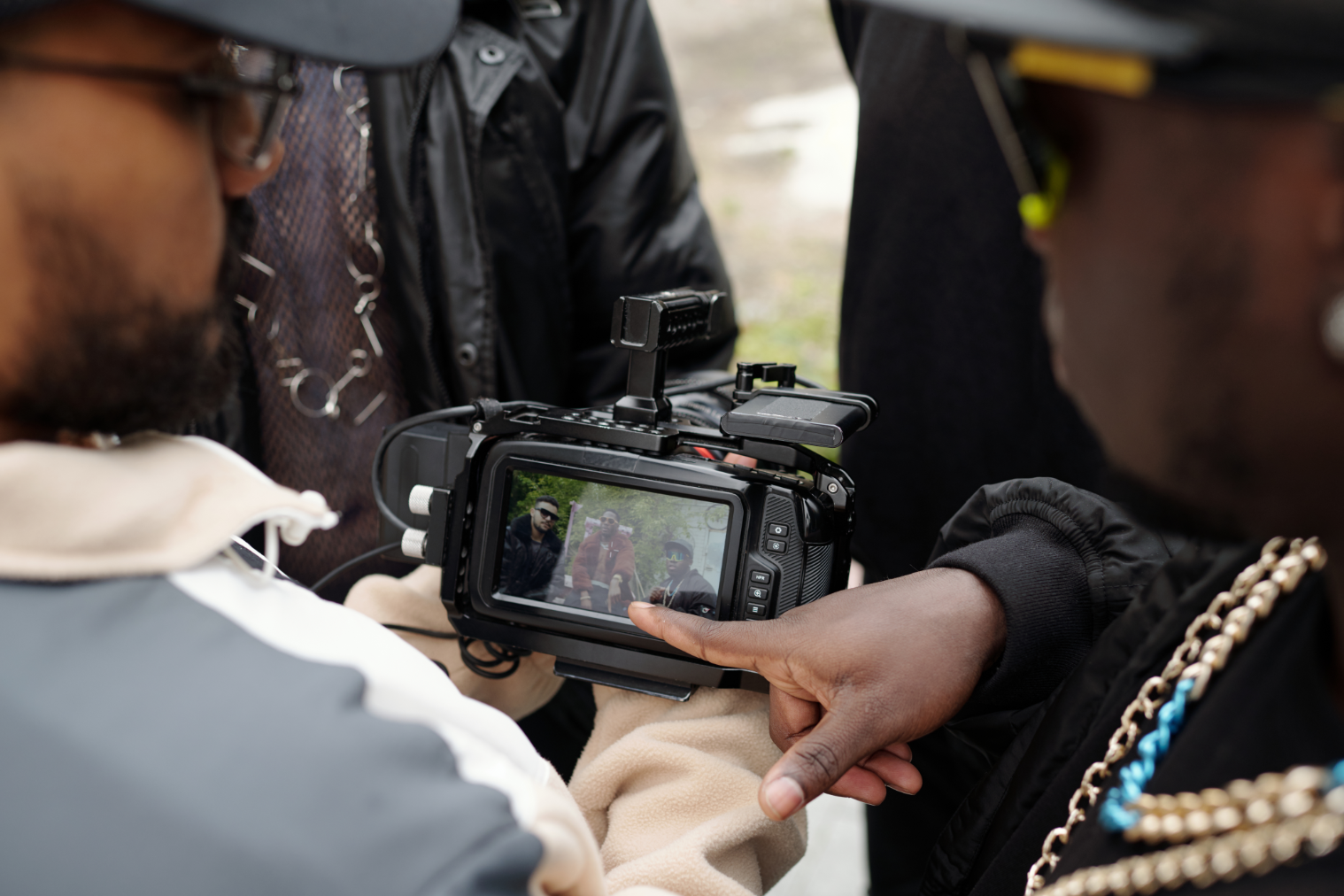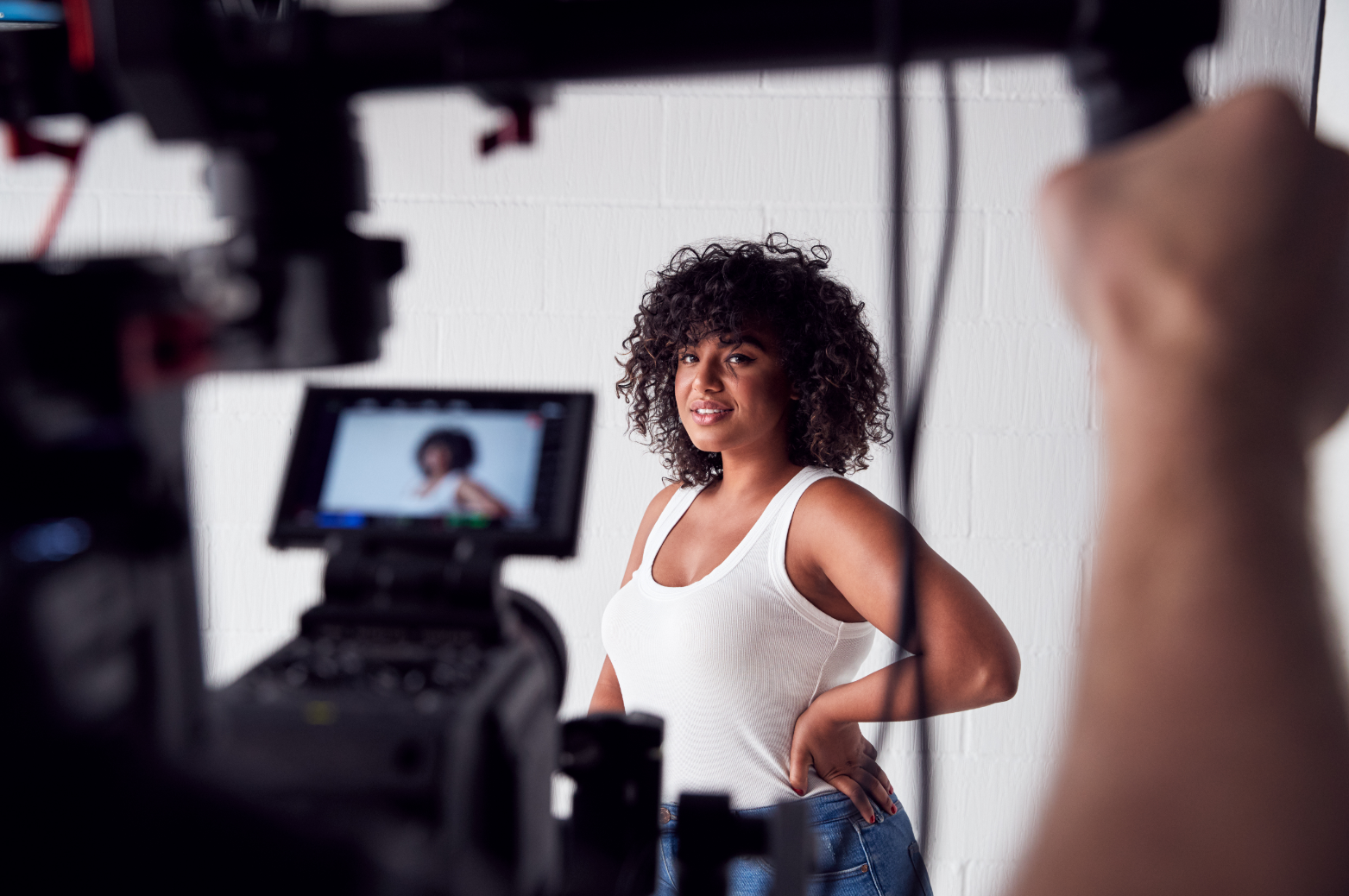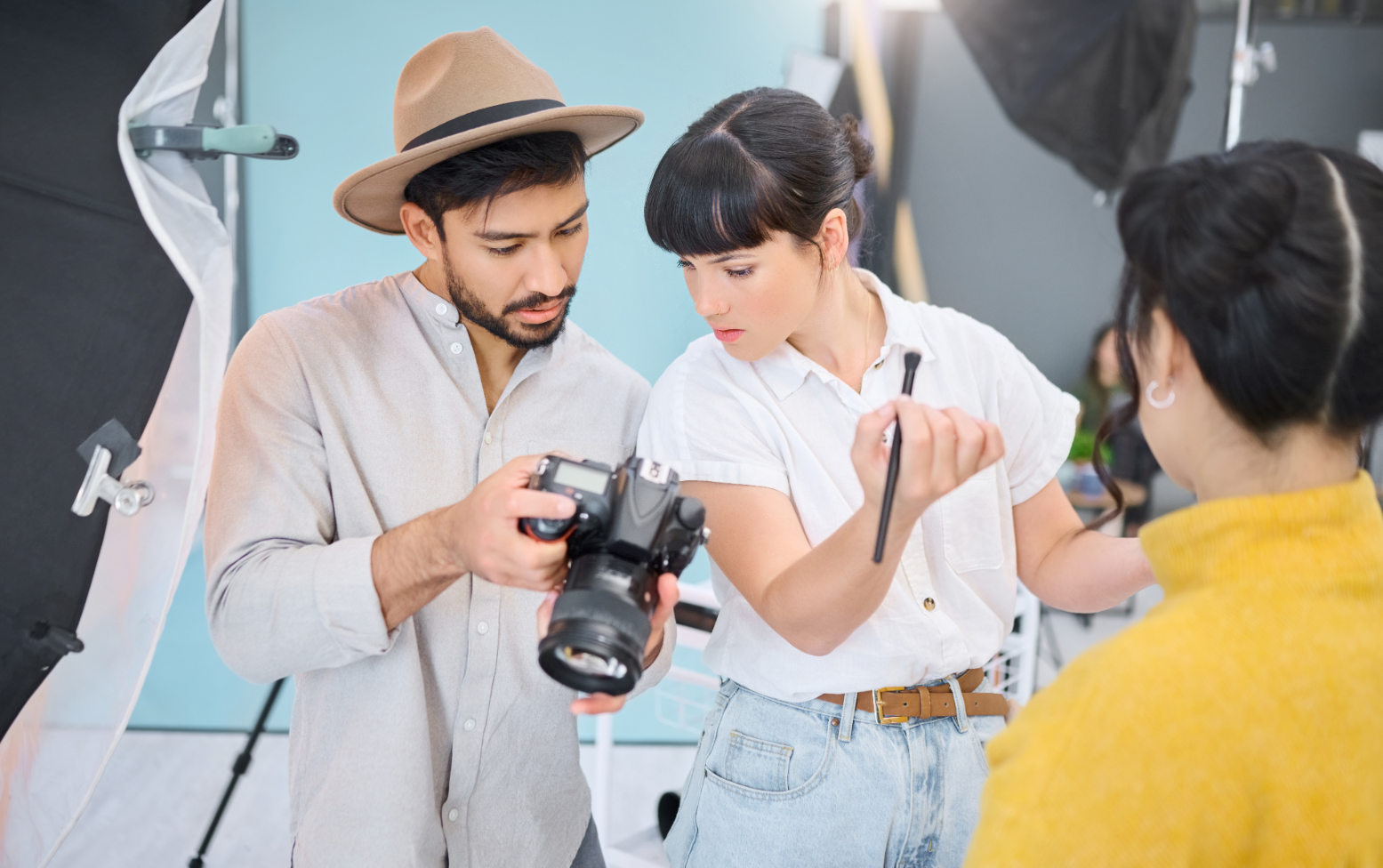Elevate Visual Storytelling: 5 Advanced Production Tactics.

In the vibrant world of visual storytelling, merely pointing a camera and hitting record is often just the beginning. To truly captivate audiences, evoke emotion, and leave a lasting impression, creators must go beyond the fundamentals and embrace advanced production tactics. Whether you're a seasoned filmmaker, a content creator, or an aspiring visual artist, elevating your craft means understanding the nuanced strategies that transform good visuals into extraordinary narratives.
At FilmBaker, we believe in empowering creators with the knowledge and tools to push creative boundaries. This post dives deep into five sophisticated production tactics that can significantly enhance your visual projects, ensuring your stories aren't just seen, but felt and remembered.
Precision in Pre-Visualization: Storyboarding Beyond the Basics
While storyboarding is a common practice, advanced pre-visualization takes it to an entirely new level. It's about meticulously planning every shot, movement, and transition before a single frame is captured. This isn't just about drawing stick figures; it's about translating your script's emotion and intent into detailed visual blueprints that guide your entire production team.
Consider creating animatics – basic animated storyboards with temporary audio – to test pacing and timing. For complex scenes, exploring 3D pre-visualization can help you experiment with camera angles, lighting, and blocking in a virtual space, saving invaluable time and resources on set. This level of foresight allows for greater creative freedom, fewer surprises, and a more cohesive final product. Encourage your team to collaborate on these visualizations, ensuring everyone shares a unified vision before production even begins.
Dynamic Cinematography: Intentional Camera Movement & Blocking
Moving the camera is easy; moving it with purpose is an art. Dynamic cinematography involves using camera movement and actor blocking not just to follow the action, but to actively tell the story, reveal character, and enhance emotional impact. Think beyond simple pans and tilts and consider how a dolly, crane, or even a precisely choreographed handheld shot can convey subtext.
For instance, a slow, steady push-in might build tension or emphasize a character's internal struggle, while a wide, sweeping crane shot can establish grandeur or isolation. Similarly, thoughtful blocking of actors within the frame can create powerful visual metaphors about relationships, power dynamics, or emotional distance. Every movement, both of the camera and the subject, should serve a narrative purpose, guiding the audience's eye and intensifying their connection to the story unfolding.
The Symphony of Sound: Advanced Audio Design & Mixing
Often underestimated, sound is arguably fifty percent of the cinematic experience. Advanced audio design goes far beyond capturing clean dialogue; it’s about crafting an immersive sonic landscape that complements and elevates your visuals. This involves layering multiple audio elements to create depth, atmosphere, and emotional resonance.
Consider the strategic use of Foley, where everyday sounds are recorded and added in post-production to synchronize with the visuals, making actions feel more real and impactful (e.g., the crunch of footsteps on gravel, the rustle of clothing). Integrate ambient soundscapes that evoke the setting's mood, whether it’s the distant hum of a city or the quiet chirping of crickets. Furthermore, sophisticated mixing techniques can guide the audience's attention, emphasizing key dialogue or sound effects at crucial moments, allowing sound to be a powerful, often subconscious, driver of narrative and emotion.
Mastering Light: Sculpting Mood and Focus with Advanced Techniques
Lighting is not merely about illumination; it’s about sculpting your scene, defining mood, and directing the audience’s gaze. Advanced lighting techniques move beyond the basic three-point setup to employ light as a powerful storytelling tool. This involves understanding how different qualities of light—hard vs. soft, high-key vs. low-key—can dramatically alter perception and evoke specific emotions.
Experiment with motivated lighting, where light sources appear to originate from plausible on-screen elements like lamps, windows, or streetlights, even if they’re reinforced by powerful off-camera lights. Utilize practicals within the frame to add visual interest and depth. Employ negative fill to absorb light and create more dramatic shadows, enhancing contrast and mystery. Mastering color temperature and gels allows you to paint with light, creating distinct visual tones that communicate time, place, and emotional states, making your visuals not just seen, but felt.
Refined Post-Production: Pacing, Color, and Subtle VFX as Storytellers
Post-production is where the final magic happens, transforming raw footage into a polished narrative. Advanced post-production tactics involve a meticulous focus on pacing, color grading, and the judicious use of subtle visual effects (VFX) to enhance storytelling without drawing attention to the techniques themselves.
Editing rhythm dictates how an audience experiences your story; a rapid succession of short cuts might build excitement, while longer takes can convey tranquility or tension. Color grading is an art form that imbues your film with a distinct look and emotional palette, subtly guiding the audience's feelings and reinforcing narrative themes. Finally, embrace subtle VFX not for spectacle, but for seamless integration that enhances realism or corrects imperfections—think removing a distracting background element, compositing a perfect sky, or adding a touch of digital dust to an antique prop. These refined touches ensure your story’s visual language is cohesive, impactful, and truly professional.
Elevating your visual storytelling from good to great requires a commitment to these advanced production tactics. By focusing on meticulous pre-visualization, purposeful camera work, immersive sound design, artful lighting, and refined post-production, you can craft narratives that resonate deeply with your audience. These techniques are not just technical skills; they are creative tools that empower you to express your vision with unparalleled clarity and emotional depth.
Ready to take your projects to the next level? Explore more advanced strategies and connect with a community that understands the nuances of exceptional visual storytelling. Visit FilmBaker today to discover resources, tools, and insights that will empower your creative journey. Have questions or want to discuss your next project? We'd love to hear from you – get in touch with FilmBaker and let's make something amazing together!


